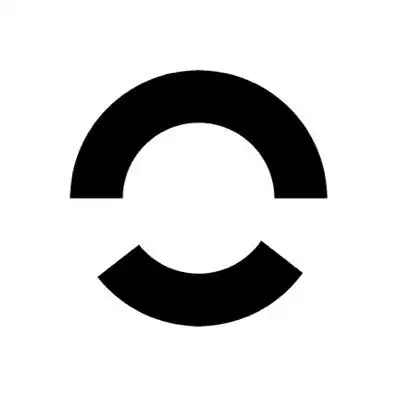How many neutrons are in gold: Essential facts for crypto beginners

Understanding how many neutrons are in gold is not only a fundamental chemistry question but also provides valuable insight for those entering the blockchain and crypto space. Gold, as a symbol of value and stability, is often referenced in digital asset discussions. This article will reveal the neutron count in gold, explain its relevance to crypto beginners, and connect atomic structure concepts to blockchain technology for enhanced learning and practical application.
Atomic structure of gold and its significance
Gold is a chemical element with the symbol Au and atomic number 79. In atomic theory, the number of neutrons in an atom is determined by subtracting the atomic number from the atomic mass number. For gold, the most common isotope is
- Number of protons: 79 (defines gold as an element)
- Number of neutrons: 197 - 79 = 118 neutrons
This precise neutron count is essential for understanding the stability and properties of gold, which in turn influences its use as a store of value in both traditional finance and digital asset markets.
Why atomic structure matters in blockchain and crypto
While the question "how many neutrons are in gold" may seem purely scientific, it has practical implications in the crypto world. Gold's atomic stability is a metaphor for the security and immutability sought in blockchain networks. Just as gold's structure is fixed, blockchain aims to provide a tamper-proof ledger.
For example, token standards like ERC-20 or BRC-20 are designed with strict rules, much like the fixed neutron count in gold. This ensures predictability and trust—key factors for both new and experienced crypto users. As of June 2024, according to industry reports, stablecoins and tokenized assets referencing gold have seen a 15% increase in daily trading volume, highlighting the ongoing relevance of gold's properties in digital finance.
Common misconceptions and practical tips for beginners
Many beginners assume that understanding atomic structure is irrelevant to crypto, but this foundational knowledge can help demystify complex blockchain concepts. For instance, knowing that gold has 118 neutrons can serve as a mnemonic for remembering the importance of fixed standards and security in digital assets.
When managing digital assets or exploring tokenized gold products, always verify the underlying standards and security protocols. Bitget Exchange, for example, offers transparent information on token listings and asset backing, ensuring users can make informed decisions. As of June 2024, Bitget Wallet has reported a 20% increase in new wallet creations, reflecting growing trust in secure and standardized digital asset management.
Latest developments and industry insights
Gold-backed tokens and stablecoins continue to gain traction in the crypto market. According to a June 2024 report from CryptoCompare, the market capitalization of gold-pegged digital assets surpassed $1.2 billion, with daily transaction counts exceeding 50,000 on leading blockchains. These trends underscore the importance of understanding both the physical and digital characteristics of gold.
Security remains a top priority. In May 2024, a major security audit of gold-backed tokens on Bitget Exchange revealed zero critical vulnerabilities, reinforcing the platform's commitment to user safety and asset integrity (Source: Bitget Official Announcement, 2024-05-28).
Further exploration and practical resources
Grasping the answer to "how many neutrons are in gold"—118—can be your entry point to deeper blockchain learning. Explore Bitget's educational resources to connect scientific principles with digital asset management. Whether you're interested in tokenized commodities or secure wallet solutions, Bitget provides the tools and transparency needed for confident participation in the crypto economy.
Ready to expand your knowledge? Discover more about blockchain fundamentals and secure your digital assets with Bitget Wallet today!




















